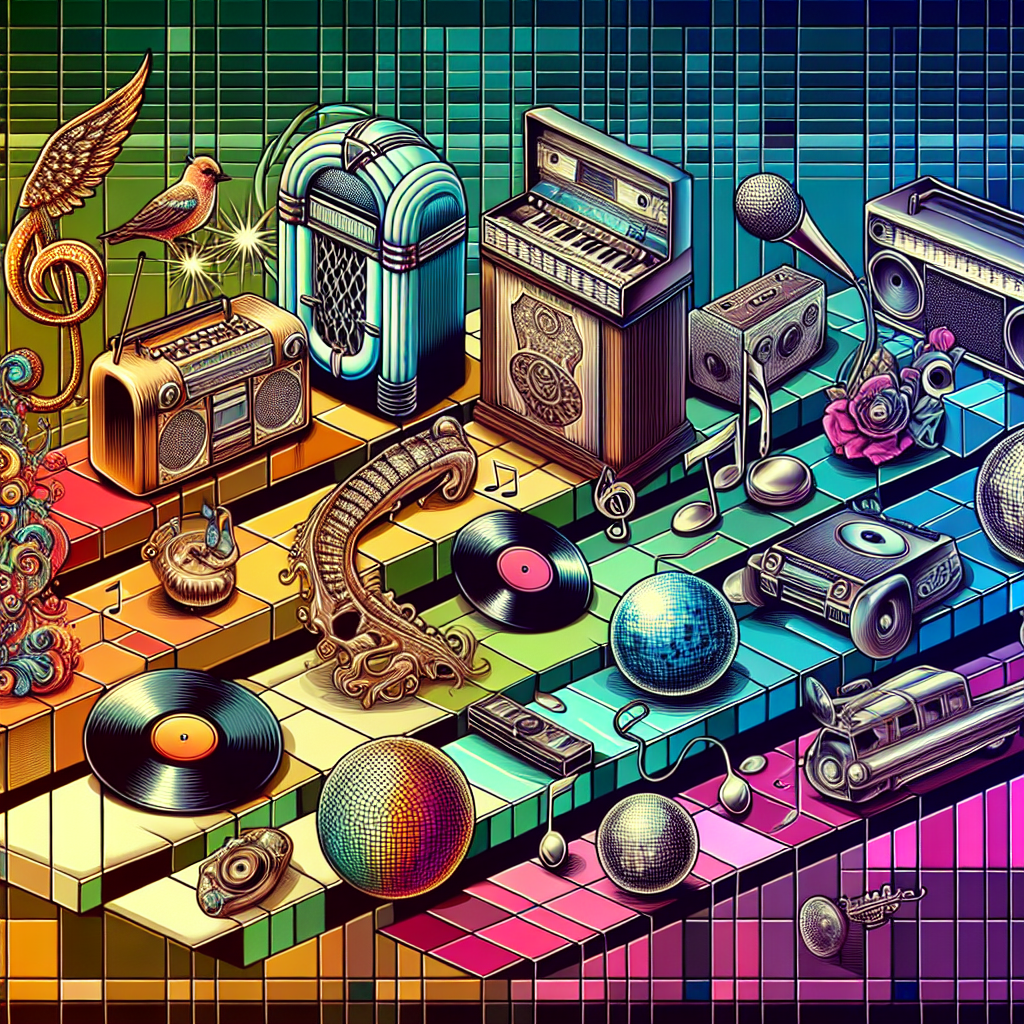The 1950s, 1960s, and 1970s were decades of immense cultural change and growth. From the doo-wop tunes of the 50s to the disco beats of the 70s, music played a crucial role in shaping the culture of these eras. Let’s take a closer look at how music evolved during these three decades and how it reflected the diversity of society.
1950s: The Doo-Wop Era
The 1950s marked a time of post-war prosperity and optimism in America. Doo-wop music emerged as a popular genre, characterized by its harmonious vocals and catchy melodies. Groups like The Platters, The Drifters, and The Coasters dominated the charts with their smooth vocal harmonies.
Politicians often used music as a way to connect with voters during this time. For example, President Eisenhower famously had Elvis Presley visit the White House to discuss youth culture and music trends. Fashion also played a significant role in shaping the culture of the 50s, with poodle skirts and leather jackets becoming iconic symbols of the era.
1960s: The Rock ‘n’ Roll Revolution
The 1960s saw a seismic shift in music with the rise of rock ‘n’ roll. Bands like The Beatles, The Rolling Stones, and The Beach Boys revolutionized popular music with their innovative sounds and rebellious attitudes.
Technology also played a crucial role in shaping music during this decade. The introduction of electric guitars and amplifiers allowed musicians to experiment with new sounds and genres. This technological advancement paved the way for psychedelic rock bands like Jimi Hendrix Experience and Jefferson Airplane to push musical boundaries even further.
1970s: The Disco Fever
The 1970s brought about the disco era, characterized by its danceable beats and flashy fashion. Artists like Donna Summer, Bee Gees, and Chic dominated the charts with their infectious disco hits.
Culture in the 70s was heavily influenced by disco music, with nightclubs becoming popular destinations for young people looking to dance away their troubles. Politicians also embraced disco culture as a way to connect with voters, hosting events at Studio 54 and other iconic clubs.
The Diversity of Music
From doo-wop to disco, each decade brought about its own unique style of music that reflected the diverse cultures and societal changes happening at the time. Music became a powerful tool for expressing emotions, challenging norms, and bringing people together.
As we look back on these three decades of musical evolution, we can appreciate the impact that artists had on shaping our culture and society. Their innovative sounds continue to inspire musicians today as they push boundaries and explore new genres.
In Conclusion
The diversity of music in the 1950s, 1960s, and 1970s reflects the ever-changing landscape of our society. From doo-wop harmonies to disco beats, each genre tells a story about our past while inspiring future generations to create their own musical legacies.
So next time you put on your favorite oldies playlist or hit up a retro-themed dance party, take a moment to appreciate how far we’ve come since those golden decades – all thanks to the power of music!


Get involved!
Comments